




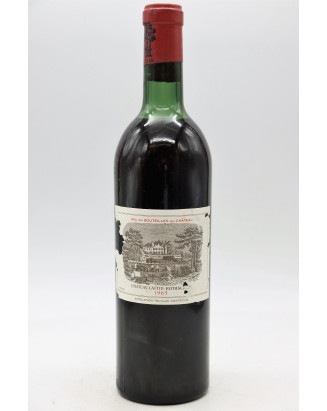

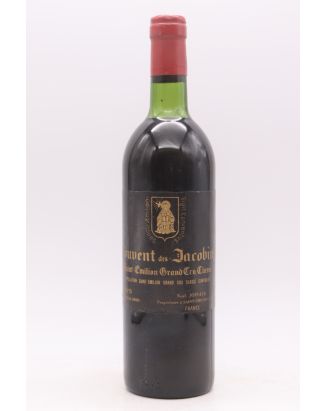









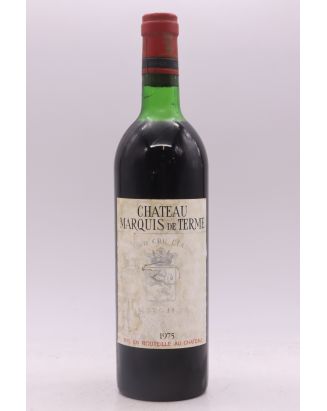


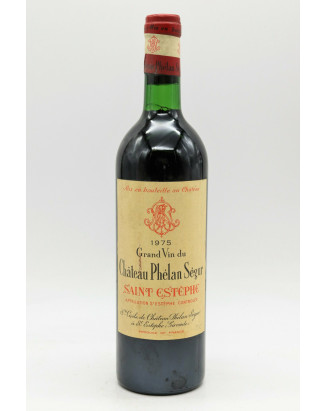

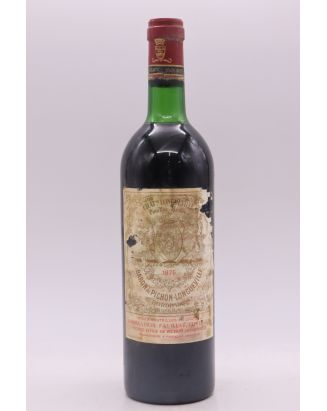

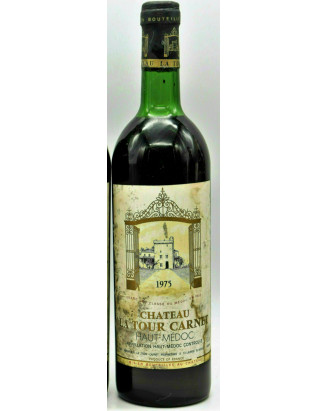

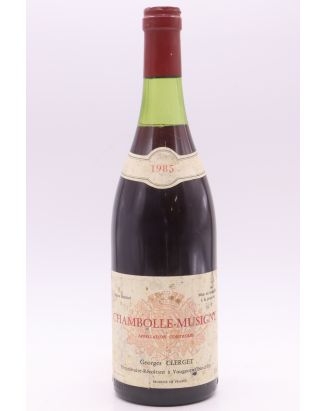



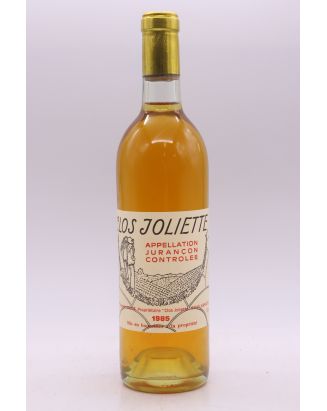
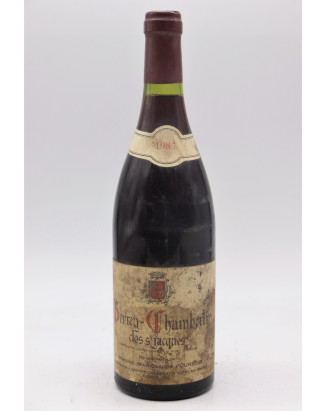





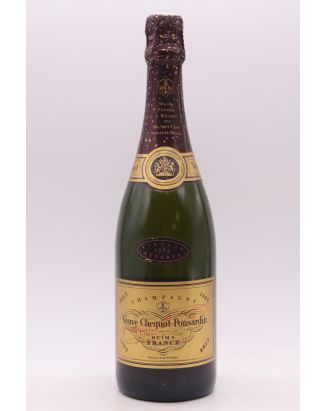


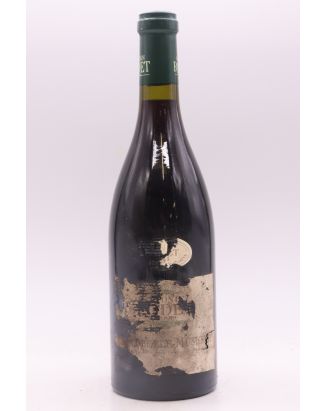




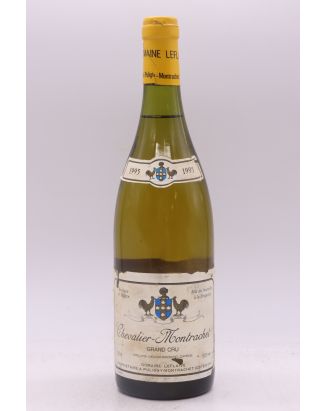
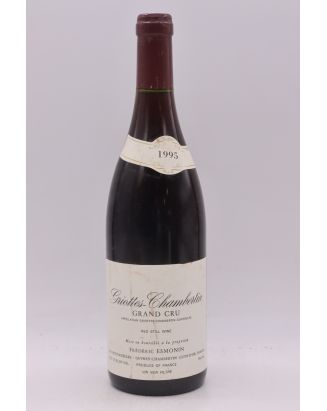
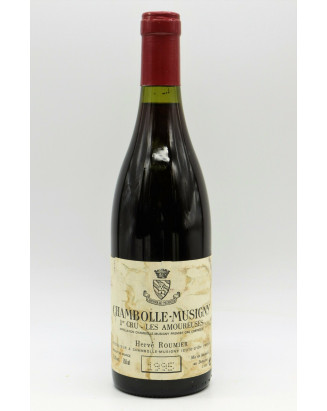


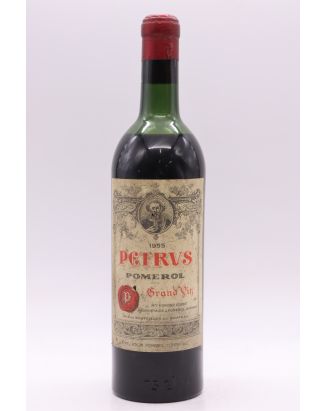




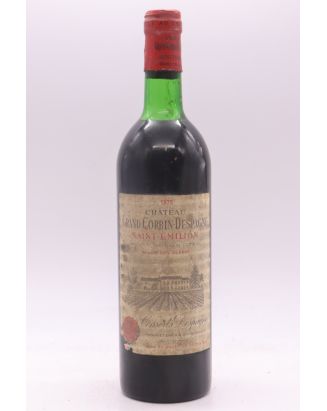



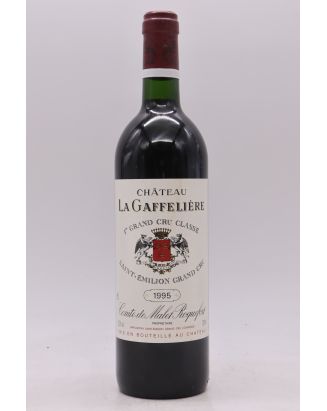




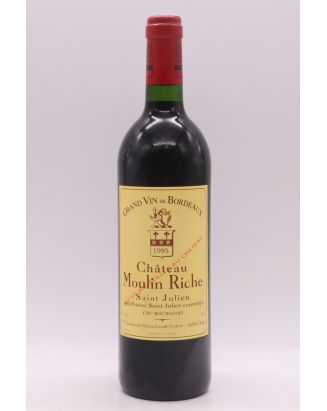
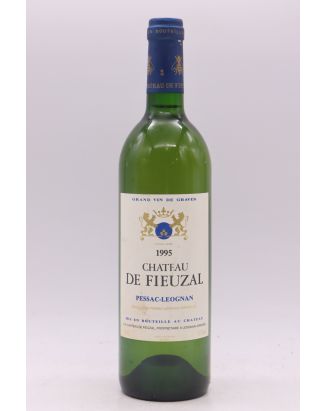


The 1965 vintage is one of the most challenging of the 20th century across France. However, it carries strong symbolic value, making it a popular choice for celebrating 60-year milestones in 2025, such as birthdays or wedding anniversaries.
Winemakers had to adopt specific techniques to extract as much aroma as possible from their grapes, but the vintage was heavily complicated by abundant rainfall.
In Bordeaux, the cool and wet spring delayed flowering, leading to poor pollination. A cool, rainy summer was followed by an equally rainy September, a critical time for grape ripening. As a result, cabernet and merlot grapes did not reach optimal maturity. The red wines are light, with poorly integrated tannins, and the whites lack aromatic concentration.
Burgundy faced similarly difficult conditions. Pinot noir and chardonnay did not fully ripen. The reds lack their usual aromatic complexity and have excessive acidity, while the whites exhibit underdeveloped aromas.
Champagne also endured the same weather challenges. A cold spring, cool and wet summer, and rainy autumn resulted in weak base wines, forcing Champagne producers to rely on reserve wines for blending. Few vintage Champagnes were produced in 1965.
The Rhône region was not spared either. In the Northern Rhône, syrah grapes suffered from a lack of warmth, resulting in lean wines. In the Southern Rhône, grenache, mourvèdre, and syrah also struggled to reach full maturity, producing wines less concentrated than usual, with diluted aromas. Whites made from marsanne, roussanne, and viognier lacked balance due to excessive acidity.
Regions like the Loire, Languedoc-Roussillon, and Alsace also experienced unfavourable weather, which affected the full ripening of their grape varieties.
The 1965 vintage is thus better known for its failures than its successes, although a few prestigious estates, such as Château Latour in Bordeaux, managed to produce exceptional wines.
After three difficult years, Bordeaux was finally anticipating a great vintage, and with a moderate harvest in 1975, the vintage was welcomed with enthusiasm. However, significant disparities marked the year: some wines turned out to be hard, tannic, and drying, while others from Pomerol, Pessac-Léognan, Saint Julien, and Pauillac were remarkably successful (Château Haut-Brion, Château La Mission Haut-Brion, Château Pétrus, Château L’Évangile, Château Lafleur, Château Lafite Rothschild, Château Mouton Rothschild, Château Latour, Château Gruaud Larose...). Some Bordeaux reds took up to 25 years to reach their full maturity, requiring great patience, while other wines, with less fruit, remained overly tannic and unbalanced.
As for Bordeaux white wines, particularly Sauternes, Château d'Yquem 1975 is exceptional, as are Château Climens, Château Coutet, Château De Fargues, and Château Rieussec.
Burgundy did not fare as well, with the 1975 vintage being considered poor for both reds and whites. In Champagne, the 1975 vintage wines still offer a ripe, complex profile with great ageing potential. However, no notable wines emerged from the Rhône and Alsace in this year.
The 1985 vintage is regarded as excellent for Bordeaux wines. Despite a very cold winter (with temperatures as low as -14°C), the weather conditions that followed were highly favourable, especially with an exceptionally hot and dry September, the best recorded at the time. This resulted in beautiful Bordeaux reds, enjoyable even when young. The Grands Crus Classés of Margaux, Pauillac, Saint-Estèphe, and Saint-Julien, which harvested their cabernet grapes in October, produced remarkable wines. Pomerol also had a very good vintage, although Saint-Émilion was slightly more varied.
Wine prices for the 1985 vintage were high at release but later stabilised. Bordeaux white wines were less successful, although Domaine de Chevalier, Château Haut-Brion, and Château Laville Haut-Brion stood out for their quality. For Sauternes, 1985 was less favourable, as the dry October did not allow optimal botrytis development.
In Burgundy, the weather conditions were similar to those in Bordeaux, with a severe frost in January (-24°C in Côte de Nuits). However, a warm summer and mild September led to an excellent vintage in 1985, with a slight preference for the more profound, rich, and balanced red wines with ageing potential.
Champagne also produced an excellent 1985 vintage (notably from Louis Roederer and Laurent Perrier), though in limited quantities.
In the Rhône Valley, the 1985 vintages from Côte Rôtie and Hermitage were superb, while the Loire shone with outstanding sweet wines and a magnificent Clos Rougeard. 1985 was also highly successful for Alsace wines, as well as for Alain Brumont’s Madiran wines (Montus and Bouscassé), which started gaining recognition thanks to this exceptional vintage, along with the wines of Jurançon.
The 1995 vintage was an excellent year for Bordeaux wines, with a large harvest. The year was marked by a very hot summer from June to August, followed by around ten days of rain in September. However, Pomerol, Saint-Julien, and Pauillac were less affected by the rainfall. The subsequent good weather allowed the cabernet sauvignon grapes to ripen fully. As a result, the 1995 wines were particularly successful in Pauillac, Pessac-Léognan (red), Pomerol, Saint-Émilion, and Saint-Julien. All the first growths of the Médoc also produced outstanding wines in 1995.
Conversely, Bordeaux white wines were more varied, with somewhat average results in Sauternes.
In Burgundy, 1995 was an early and high-quality vintage, but with limited yields. The red wines of Côte de Nuits are supple yet well-structured, while the white wines from Côte de Beaune are sufficiently concentrated and rich to age well, though some may suffer from premature oxidation.
In Champagne, the 1995 chardonnays are notable for their balance, freshness, and ageing potential.
In the Rhône Valley, syrah stood out, with superb 1995 Côte-Rôtie and Cornas wines. The vintage was warmer in the Southern Rhône, but the wines have excellent ageing potential.
Loire wines were charming in 1995, with reds suitable for ageing. This year also marked the beginning of a magical trilogy for Loire sweet wines (1995, 1996, 1997).